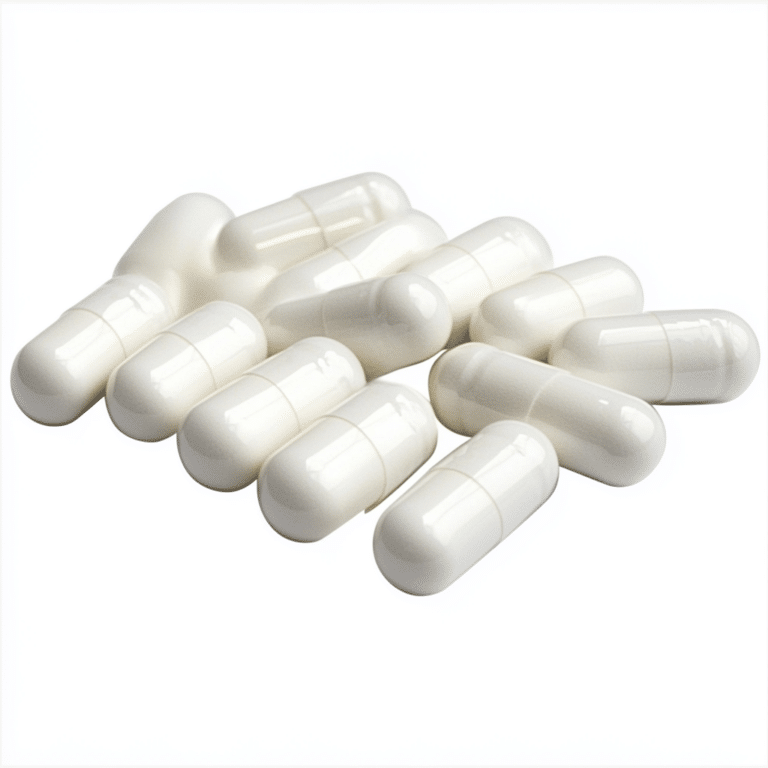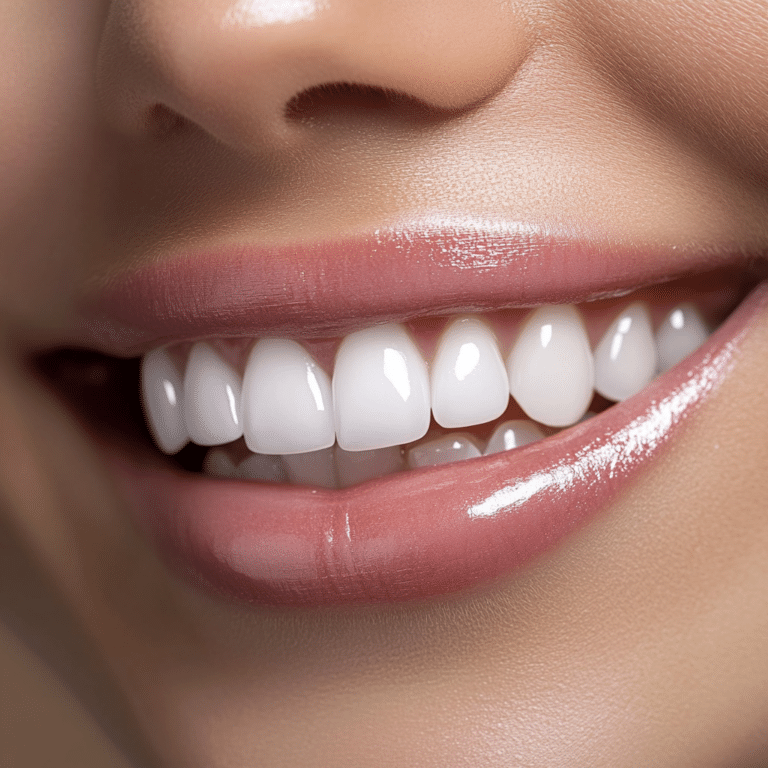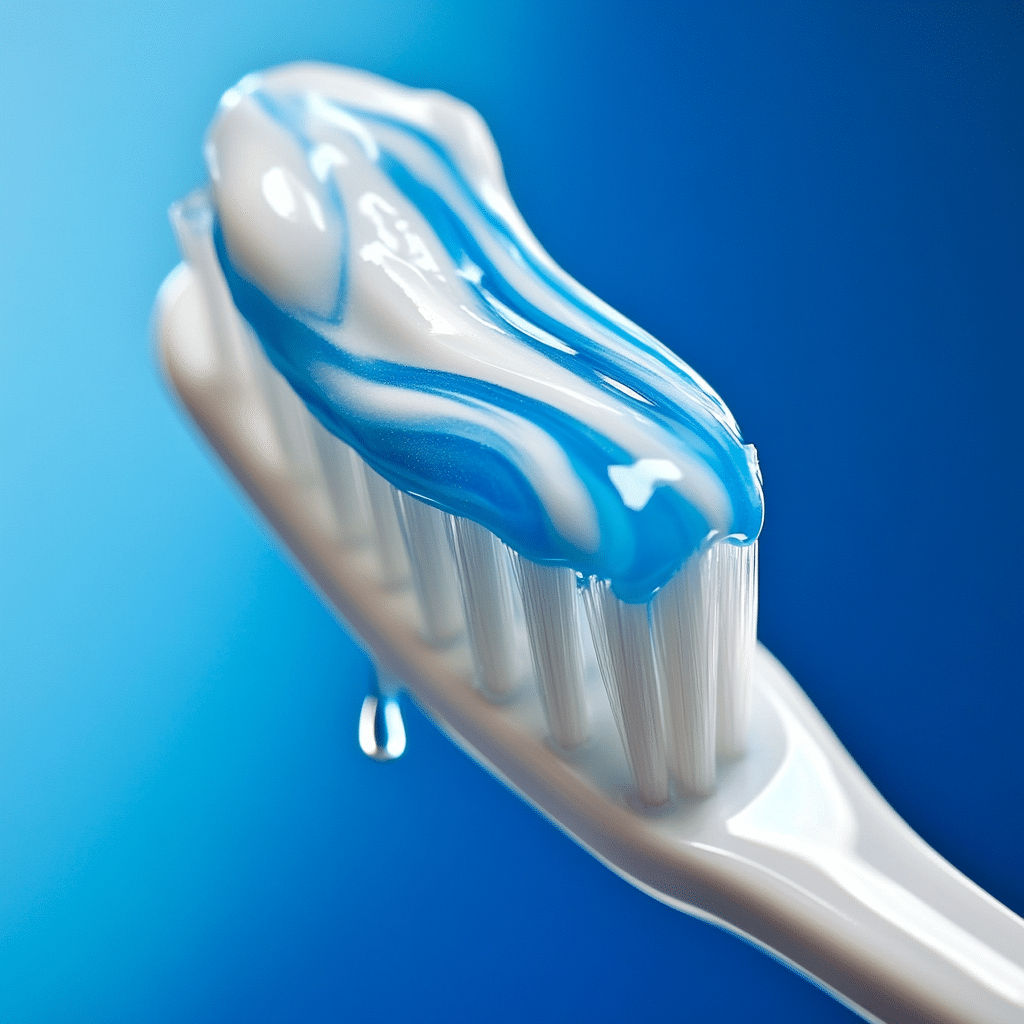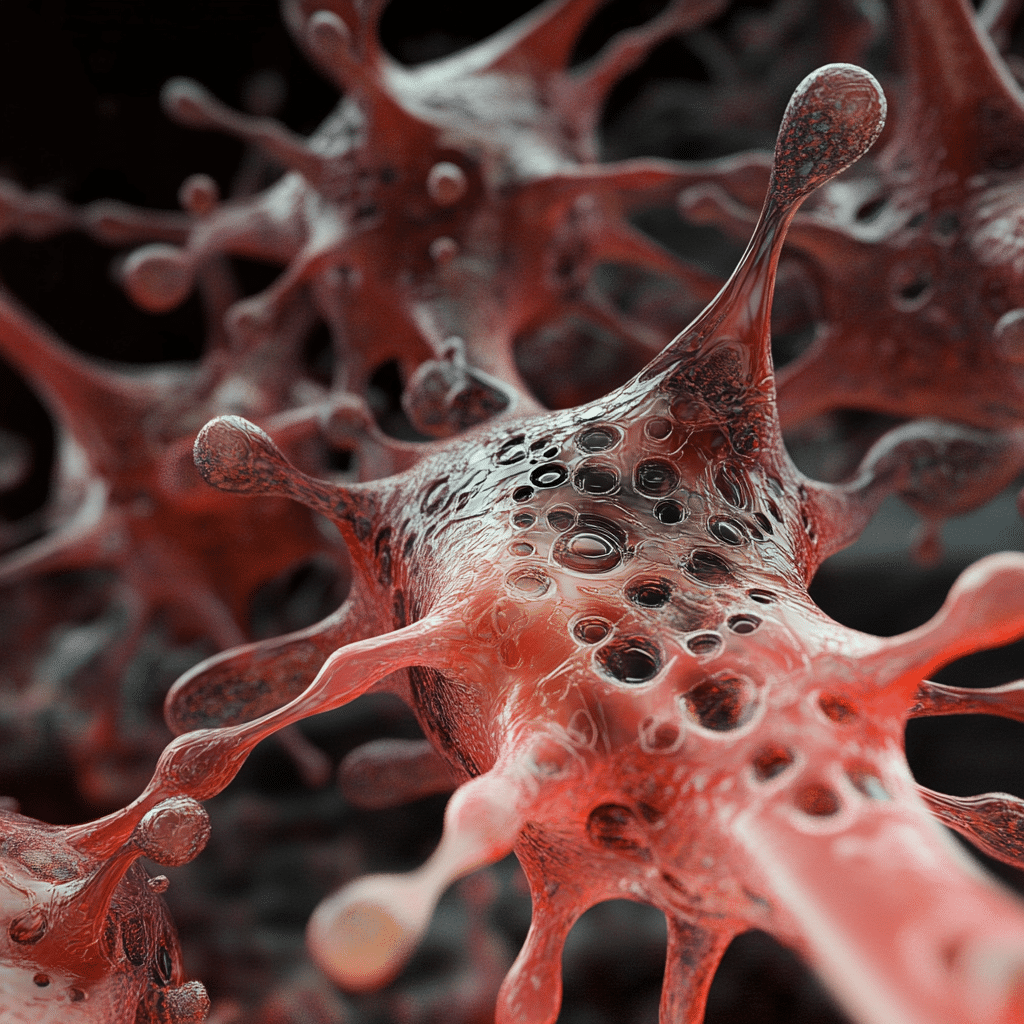If you’re diving into the world of health and fitness, understanding the low anion gap can be a real game changer. This crucial element plays a big role in metabolic acidosis diagnosis—an essential skill for not just doctors but anyone passionate about fitness. Just as you wouldn’t skip leg day, you can’t afford to overlook such a significant health marker! So, let’s break this down, explore the causes, and see how it all impacts your health.
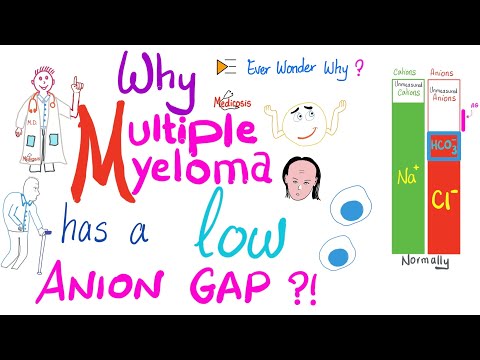
The Significance of Low Anion Gap in Clinical Practice
The anion gap is a clinical biochemistry tool that helps diagnose metabolic conditions. Generally, a normal anion gap lies between 8 and 12 mEq/L. If your anion gap dips below this range, well, that’s your body giving you a hint that something needs attention. Understanding these low anion gap conditions becomes vital for healthcare providers. They indicate different issues than those linked with a high anion gap, making your grasp of both essential.
Why is this significant? Because health issues often come cloaked in enigmas. For instance, a low anion gap can lead us down various diagnostic paths—not just the normal metabolic acidosis you might be expecting. It’s like spotting a droopy dog in a park—it grabs your attention and can unravel a backstory, leading to deeper insights.
Fitness isn’t just about lifting weights or doing cardio. It’s truly about knowing your body inside and out. Tracking your anion gap can be part of that!
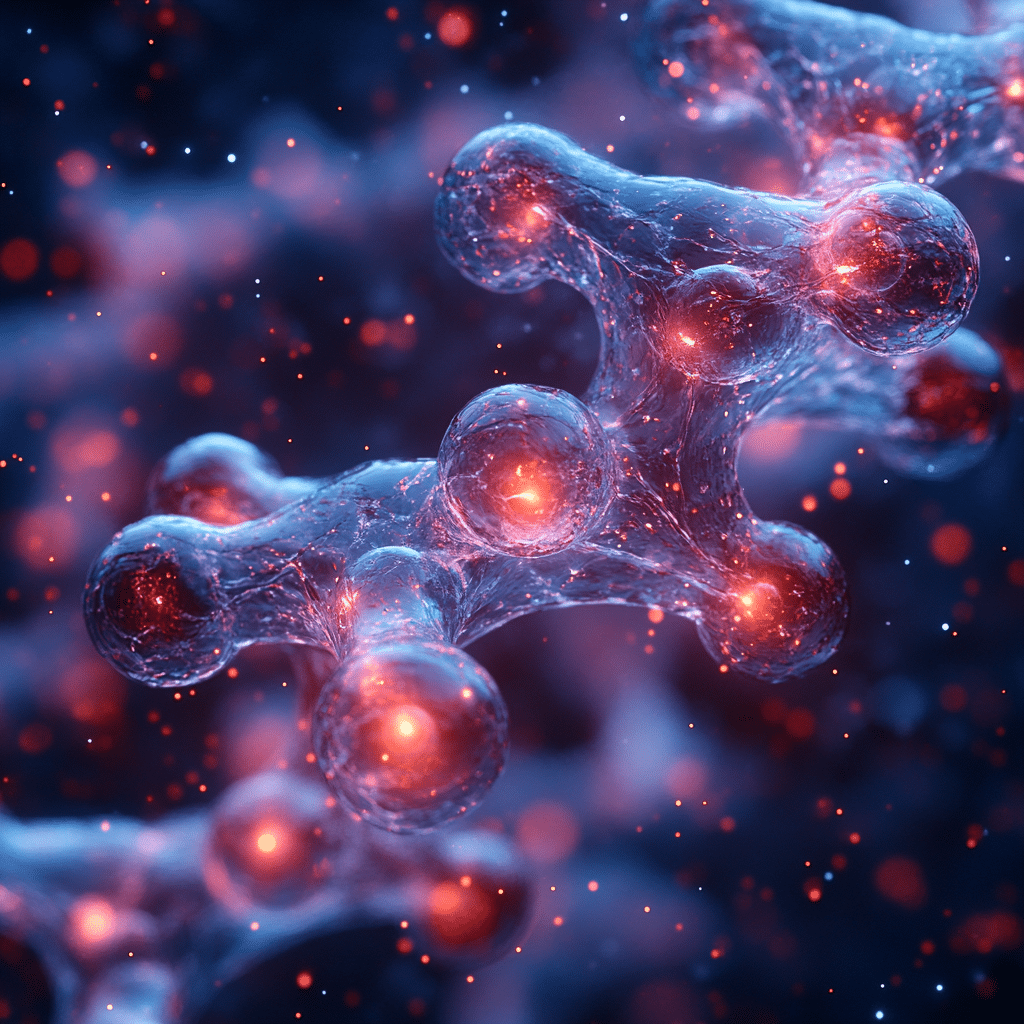
Top 5 Causes of Low Anion Gap and Their Clinical Implications
1. Hypoalbuminemia: A Common Trigger
Hypoalbuminemia is when you have low levels of albumin in your blood—definitely something to keep an eye on! Conditions like liver cirrhosis or nephrotic syndrome lead to decreased albumin levels. Since albumin acts as an anion, a dip in it directly lowers your anion gap. So when doctors look at your metabolic disturbances, they’ll always check your protein levels.
Let’s face it; nobody wants any health issues when they’re pushing for those six-pack abs. Understanding this connection can help your healthcare provider get to the bottom of unexplained symptoms. You wouldn’t want just any treatment—like a bad pair of workout shoes. You want the right intervention to get you back to crushing those fitness goals!
2. Lithium Toxicity: An Uncommon Culprit
Now, lithium toxicity isn’t as common as hangovers after a night out, but it can throw a wrench into your body’s systems! This medication, primarily for bipolar disorder, can lead to a low anion gap when it builds up to toxic levels. Regularly checking lithium levels is essential for folks on long-term therapy.
Imagine you’re crushing your workouts but feel off afterward. If your doctor spots a low anion gap related to lithium, they can intervene before things escalate. Staying in tune with your body means not only knowing when to lift but also when to get checked out!
3. Multiple Myeloma: A Malignant Connection
Multiple myeloma? That’s a mouthful! But understanding this cancer is essential when discussing low anion gap conditions. Elevated paraproteins from this disease can skew your blood’s protein makeup, leading to lower readings. If you’re a healthcare provider or someone passionate about fitness, recognizing this early can make all the difference—think of it like spotting that one weak link in your workout routine.
It’s essential to approach your fitness journey holistically. Ignoring signs could be like skipping leg day—it’s going to catch up to you eventually!
4. Other Causes of Low Anion Gap: Factitious and Rare Conditions
Sometimes, medications can mess with your anion gap readings. A few antihypertensives and contrast agents are known culprits. Plus, rare causes like hyperphosphatemia can step into the ring as well. This diverse lineup underscores why healthcare professionals must constantly expand their knowledge.
For the fitness enthusiast or athlete, awareness of these factors is crucial. If you’re not feeling well, don’t just push through it—pay attention! Every aspect matters when you’re gearing up to hit those personal bests.
5. Underlying Renal Issues: A Comprehensive Evaluation
The kidneys, often thrown into the mix without much thought, play a vital part in regulating electrolytes and managing the anion gap. Renal issues can lead to an unbalanced system, resulting in a low anion gap through impaired electrolyte handling. Evaluating kidney function is non-negotiable, especially for those with metabolic anomalies.
Testing and understanding your body can mean the difference between a solid workout and a setback. No one wants that!

Clinical Significance of Anion Gap High vs. Anion Gap Low: Distinguishing Between Conditions
Understanding anion gap high versus anion gap low has real implications for your health. An elevated anion gap usually signals urgent issues like lactic acidosis or diabetic ketoacidosis—conditions that need swift intervention. In contrast, a low anion gap typically points toward chronic conditions requiring a steady, managed approach.
This isn’t just textbook stuff; it directly impacts how you manage your health. Knowing the differences can empower you, helping you to take control of your fitness journey.

Impacts of Low Anion Gap on Patient Management Strategies
Recognizing low anion gap readings isn’t just an academic exercise—it dramatically impacts patient management strategies. This deeper understanding allows for precision in interventions targeted at root causes, moving beyond guesswork. Fitness enthusiasts can take the reins of their health by collaborating with healthcare providers for comprehensive management.
An interdisciplinary approach can transform patient care. Integrating insights from nephrology, oncology, and nutrition means you’re building a framework for better health. Fitness isn’t just confined to the gym; it spills over into life itself!
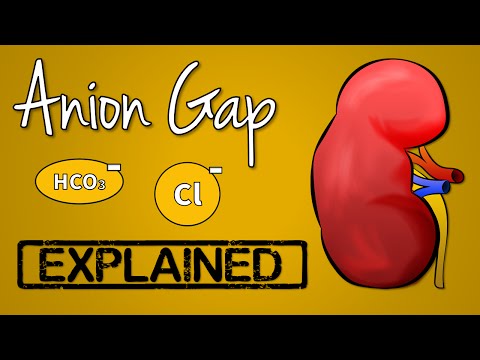
Final Thoughts: Advanced Insights for Enhanced Patient Care
In summary, low anion gap findings are filled with challenges and opportunities. Diving into the underpinnings of low anion gap conditions can lead to effective, targeted treatment strategies that significantly enhance patient outcomes.
Whether you’re a healthcare provider or a fitness aficionado, stay proactive about low anion gap insights. With knowledge in your corner, you’re better equipped to tackle whatever life throws at you. And who knows? You might just find yourself not only looking like a superhero but feeling like one too. Embrace the power of knowledge and let it fuel your journey toward optimal health and performance!
Got related topics to explore? Check out insights on things like the urge To poop but only mucus Comes out, or the dark truth about Valentine’s Day. The more you know, the better prepared you are to tackle your health, fitness, and everything in between!
Remember, folks, knowledge is just as important as the weights in your gym bag!
Low Anion Gap: Insights, Causes, and Impacts
What You Should Know About Low Anion Gap
A low anion gap stands out in lab tests, signaling something might be off in your body’s balance of electrolytes. It can be indicative of a variety of health conditions, including problems with kidney function or even metabolic issues. Speaking of balance, did you know that the 1000 lb Sisters show captures similar struggles with health and weight management? Sometimes, just like those sisters, individuals may be facing hidden health battles that aren’t visible at first glance.
One unique cause of a low anion gap could stem from factors that enhance bicarbonate retention, which can happen in conditions like leigh syndrome. This rare disorder affects energy production in the body, emphasizing the interconnectedness of various health issues. As we explore these diverse causes, it’s easy to see how a low anion gap isn’t just a number—it’s a reflection of physiological dance, almost like the intricate symptoms some people face with conditions that need effective post nasal drip treatment.
The Impacts and Implications
Now, what are the implications of a low anion gap? Well, it can hint at vital health concerns that warrant further investigation. For instance, it could be a sign of renal replacement therapy or even the body’s response to overdosing certain medications. Oh, and speaking of risks, winning the lottery in New Jersey might just feel like a high-stakes gamble compared to the serious nature of these health conditions! The unpredictability can be overwhelming, to say the least.
Did you know that the lopsided nature of an anion gap can lead to additional complications if left unaddressed? Just like the dark truth about Valentine’s Day often reveals more than just love, a low anion gap might uncover layers of health issues waiting to be unraveled. With this knowledge in hand, keeping an eye on your electrolyte levels can feel much like deciding what to put in your breakfast bowl; understanding What Is porridge can elevate your morning routine and overall wellness!
In sum, while low anion gap results might seem straightforward, they open up a plethora of discussions about health and body chemistry. So the next time you hear about low anion gaps, remember there’s more than meets the eye—just as with a cuff that keeps things snug, this condition wraps up a world of physiological meanings that could be vital for maintaining your health and well-being. Keep informed and proactive; your body will thank you!




